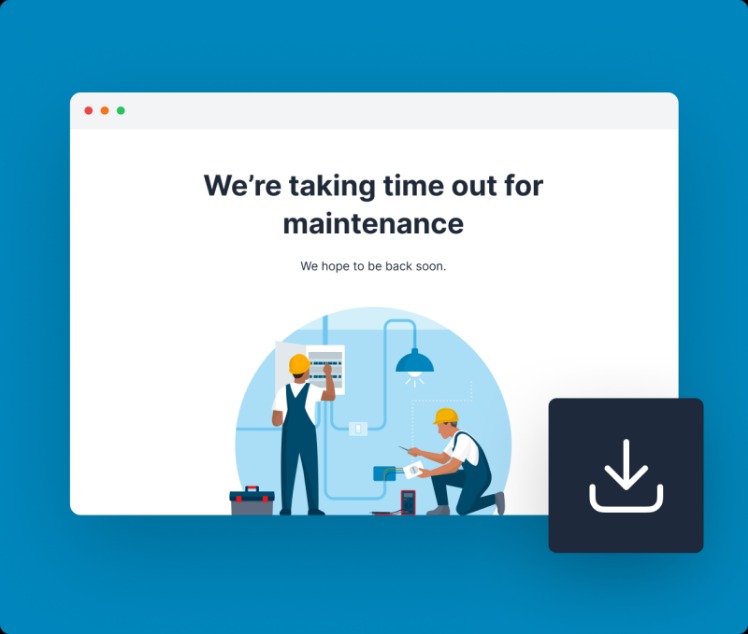In the vibrant world of online business and blogging, WordPress remains a favored platform for many. However, with its popularity comes the risk of malware attacks, which can jeopardize your website’s functionality and security. Effective WordPress malware removal is crucial to maintaining a safe and reliable site.
Read more about wordpress malware removal here.
Understanding WordPress Malware
Malware refers to malicious software designed to disrupt, damage, or gain unauthorized access to computer systems. On WordPress websites, malware can be introduced through infected plugins, themes, or harmful files. The presence of malware can lead to unwanted pop-ups, slow performance, and data breaches.
Common Types of WordPress Malware
Recognizing the types of malware can assist in implementing appropriate WordPress malware removal strategies.
- Backdoors: These allow attackers to gain unauthorized access to your site.
- Pharma Hacks: Injects spam into your site, leading to unwanted redirections.
- Drive-By Downloads: Automatically download malicious files when visitors browse your site.
- SEO Spam: Injects keywords and links, degrading your site’s SEO.
Effective Steps for WordPress Malware Removal
Following a structured approach can efficiently eliminate malware and prevent future attacks.
1. Backup Your Site
Before initiating WordPress malware removal, create a complete backup of your site. This ensures you have a fallback if anything goes wrong during the cleanup process.
2. Scan for Malware
Utilize security plugins like Wordfence or Sucuri to identify and analyze infected files. These tools can pinpoint the exact locations of malware within your WordPress installation.
3. Remove Infected Files
Once malware is detected, delete or quarantine the infected files. It might involve replacing core WordPress files with fresh copies from the official WordPress repository.
4. Update Everything
Ensure that WordPress, themes, and plugins are all updated to their latest versions. Often, vulnerabilities in outdated software are exploited by hackers.
5. Change Passwords
Reset your WordPress login credentials, including database and FTP passwords. Strong, unique passwords can prevent unauthorized access.
Preventive Measures for Future Protection
Adopting preventive strategies can significantly reduce the risk of malware infections moving forward.
1. Regular Backups
Schedule regular backups to quickly restore your site in case of future incidents.
2. Use Security Plugins
Integrate security plugins that offer firewall protection, malware scanning, and real-time monitoring.
3. Limit Login Attempts
Restrict login attempts to prevent brute force attacks. Plugins like Limit Login Attempts Reloaded can help manage this.
4. Implement SSL
Secure Socket Layer (SSL) encrypts data transfer between your site and visitors, bolstering overall security.
Conclusion
Effective WordPress malware removal is paramount in safeguarding your website against potential threats. By following the outlined steps and preventive measures, you can maintain a secure and efficient online presence, ensuring a positive experience for your users.

